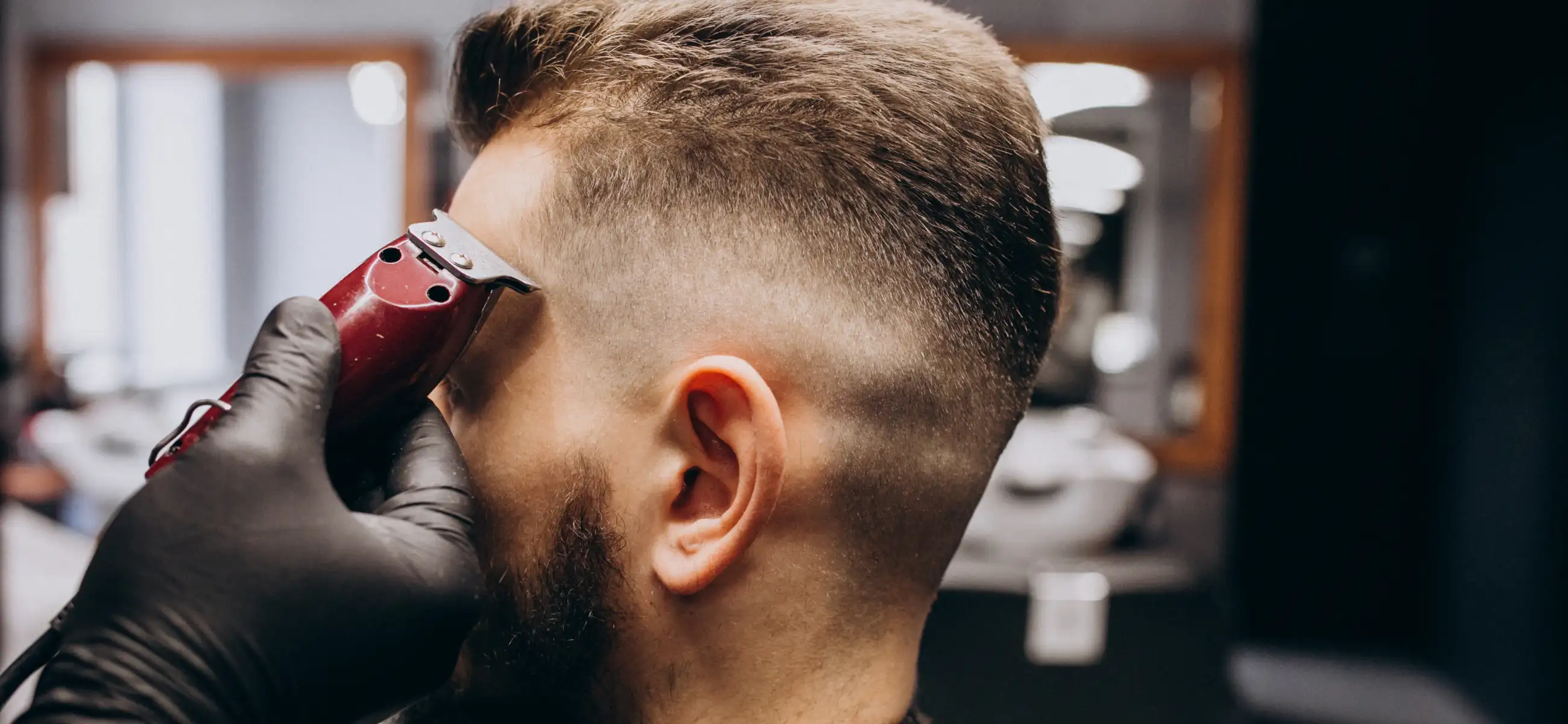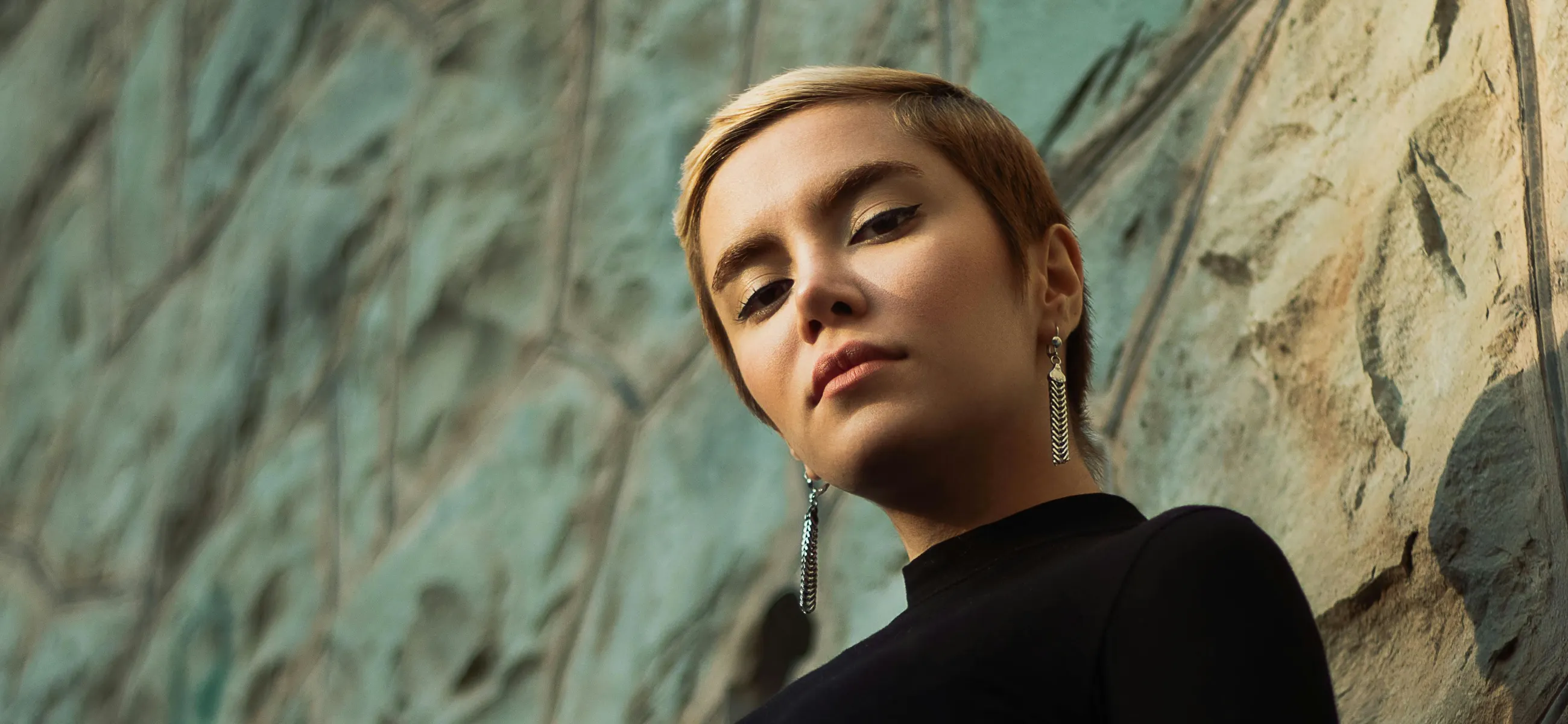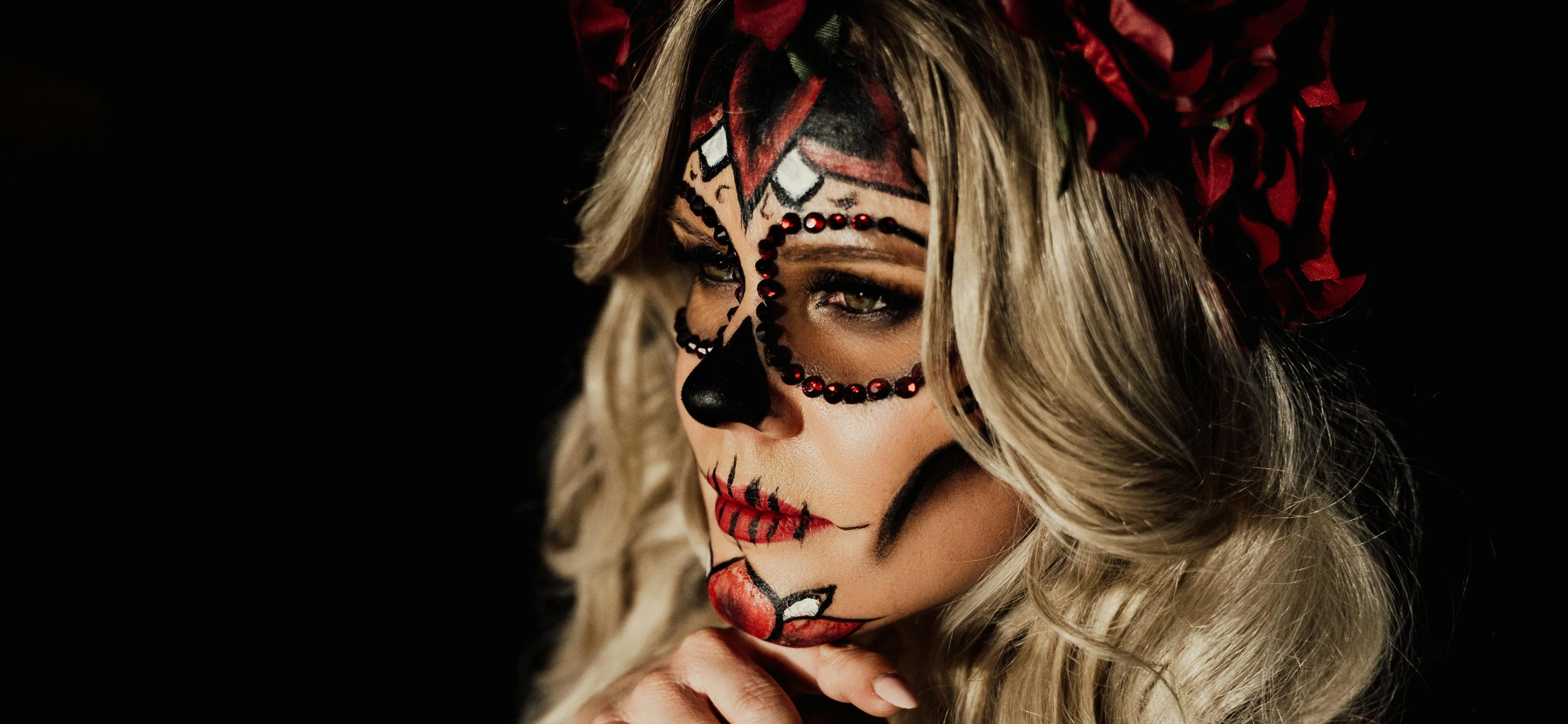In a men’s hairstyle with a transition, the hairdresser chooses a gentle transition between the different hair lengths. The hair gets longer and longer from bottom to top by a few millimeters at a time. A haircut without a transition creates significantly harder contours.
In recent years, a certain haircut has captured more and more men’s hearts: so-called fade haircuts are now among the most popular men’s hairstyles. We explain what is important for men’s hairstyles with a transition and what different types of transitions there are.
Why not everyone can have a perfect fade!
- Because your hair colour determines the colour gradient.
- Your hair density determines how intense the colour gradient is.
- Your contours determine how striking and sharp-edged your fade and haircut can stand out from your face!
- Your bone structure and skull shape determine from which angle your fade looks good and from which not!
- Your face shape determines what kind of fade will set off your facial features perfectly.
- Your vertebra(s) will determine which fade is suitable.
- If you have uneven hair colour, this will be reflected in your fade.
- If you have thicker and less dense sections of hair, your fade will have dark spots and will not be even.
Don’t worry if you suffer from one of these cases, there are various ways to make the fade shine in all its glory – more on this later.
Just a little reminder, because many people are under the misconception that it’s all down to their barber. As social media is full of post-processed haircuts and many star barbers use tools, it’s hard to tell what’s natural and what’s not.
But what does a fade look like and what are the differences?
We now know the theory. What a fade should look like par excellence. Types of fade haircut:
- Low fade haircut
- Mid fade haircut
- Drop fade haircut
- Taper fade haircut: Low taper – Mid taper – high fade haircut
- Kids fade haircut
- Burst taper
We would now like to introduce you to the most popular fade haircuts in this article:
1. Low fade haircut
A low fade haircut is characterized by the fact that it starts only just or even with the contours and where the hair begins to grow evenly, clearly highlighting the C-cup.
The low fade starts at the sideburns around the ear. The C-cup is this about the ribcage? No, the C-cup slang from the USA means the contours that start at the corner of the temple and continue in a C-shaped line past the ear to the beard contours on the cheek. Since it looks like a C, if the contour has a nice curve C-cup.
Since everyone’s head, hair, bones etc. … are fundamentally different, a low fade will always look individual and will not suit everyone.
2. Mid fade haircut
A mid fade haircut is characterized by a transition that starts at eyebrow height and runs parallel to its contour line. The contour line or hat line is the point at which the head begins to round off from the vertical. Your barber should be able to show you the line clearly and he should never cut higher than this, otherwise, you will look like an egg.
Depending on your contour line, a drop may suit you better than a straight fade. The C-cup on the mid-fade is still prominent, but not as long as on the low fade.
The mid drop fade is a variation of the mid fade to give a flat head a more rounded shape, for example, and therefore does not run parallel to the contour line at the back of the head.
3. High fade haircut
A high fade is characterized by starting at the corner, between the C-cup and the side hairline, slightly above the temple or higher and running parallel to the contour line. As in most cases, there is little room for a clean fade with a high fade, this is ideal for short haircuts and buzz cuts.
4. Taper fade haircut
Know the differences between taper and fade first. A taper is possible with almost all medium-length hairstyles. The taper is characterized by the fact that a transition/fade is only cut in the sideburns and at the nape of the neck. The hairline and the contours around the ears are retained and emphasized. The C-cup is also prominent in the low taper, but this can vary from person to person.
The taper on the sides starts at eye level on the same line on which the upper part of the ear is attached to the head.
In the nape area, the taper starts as soon as the hair begins to grow evenly and densely so that a seamless transition can be guaranteed. However, depending on your own preferences, it can also start higher, the only important thing for the taper is that the contour around the ear is maintained and that the fade is clearly separated from the fade on the sideburns. The low, mid, or high in front of the taper only refers to the height and the starting point of the fade on the sideburns.
The difference between the mid taper and the low taper is that the mid taper starts at eyebrow level, making the C-cup smaller. The contours remain the same and the mid taper can be combined with almost all hairstyles.
5. The burst fade
The burst fade is another variant of the fade. This fade is characterized by its half-moon shape, which runs around the ear. However, only the hair on the sides is faded, the hair at the back of the head and neck remains longer and is often cut in a V shape.
As only the sides of the burst fade are cut, it can be perfectly combined with many different hairstyles.
So many fades and what do I need now?
In conclusion, there is no such thing as a single fade. Rather, there is a style of modern men’s haircut that comes in many different variations. Some variations such as the mid fade or taper fade are familiar to us all, while others are not. Which fade you should choose is up to you and your trusted barber.
First of all, not everything is always possible. As already mentioned, not everyone likes the same cut. That’s why you should weigh up with your barber what you like and what is possible.
These factors are important:
- Head shape
- Direction of growth
- Hairline and contours
Conclusion
It’s only about the fade, not the entire hairstyle. When choosing your hairstyle, there are other things you should pay attention to and value. In the end, it’s up to you to decide what you want to have cut. Classic or unusual and abstract.





